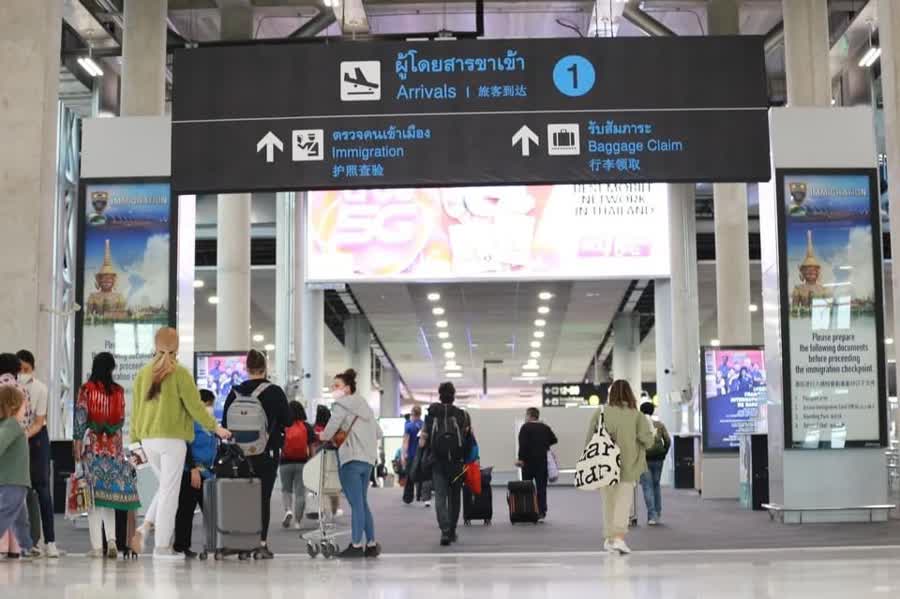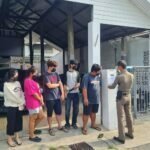Surging airfares have become one of the most pressing issues in terms of tourism recovery as only a handful of tourists can afford the hefty price of tours.
“Tour companies are promoting Scandinavian packages starting from 150,000 baht or around 170,000 baht per person on average, double the rate in 2019. Only 3% of outbound travellers are able to afford such pricey outbound trips,” said Mr Charoen Wangananonth, president of the Thai Travel Agents Association (TTAA).
He said the more expensive tour packages are due to higher operational costs, mainly attributed to the higher prices of air tickets from higher fuel costs which historically peaked over the past few months.
The impact was more critical for long-haul flights, particularly from the US and Europe as those routes face higher fuel surcharges and they still face a manpower shortage.
The airfares for some popular destinations also doubled from pre-pandemic levels.
To gain a profit from increasing operational costs, tour operators have to adapt services by offering exclusive and tailor-made packages targeting top clients as this group is the only one whose purchasing power has been unfazed by inflation and the weak baht.
For European packages priced less than 100,000 baht, operators would not offer a full board tour and would have to use connecting flights which take more time, rather than direct flights which are typically more expensive.
However, middle-income tourists mostly seek intra-regional travel as these routes have received a less severe impact in terms of airfares.
Overall, package tours in Southeast Asia are less than 20,000 baht.
“Most Thai travellers, both clients of tour companies and individual tourists, refrained from taking long-haul trips as prices are too high. Meanwhile, there were 10% that had to cancel their trips as the visa process for Schengen countries takes 3-4 months instead of the 15 days it normally takes,” he said.
Mr Charoen said the visa issue was another factor that led tour operators to avoid offering long-haul packages to tourists, as there is a high risk of loss if the groups cannot travel as planned.
Santisuk Klongchaiya, chief executive of Thai AirAsia, said the airline has to monitor inflation in Thailand which directly affects domestic spending power.
The high load factor rate of 90% in July was from pent-up demand from international tourists after the full reopening on July 1, but as low season draws near, demand over the next few months could be softer, prompting the airline to accelerate low fare promotions to cushion the impact.
However, flight resumption still lagged behind pre-Covid operations as the number of active routes saw a 40-50% recovery, but flight frequencies were just 25-30% of the pre-pandemic level.
“Airfares have been raised amid soaring fuel prices. We could partly absorb the cost and had to pass some on to passengers, while maintaining a price ceiling to be competitive with other airlines,” said Mr Santisuk.




